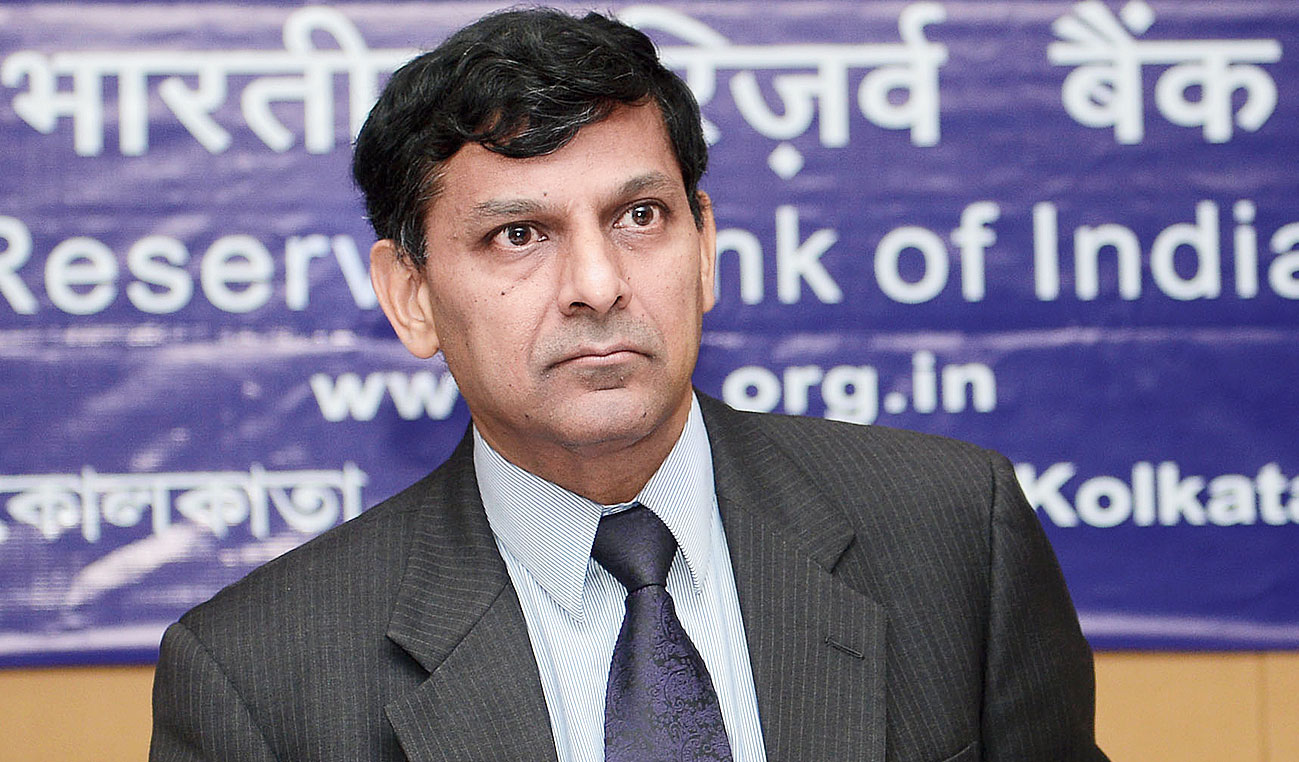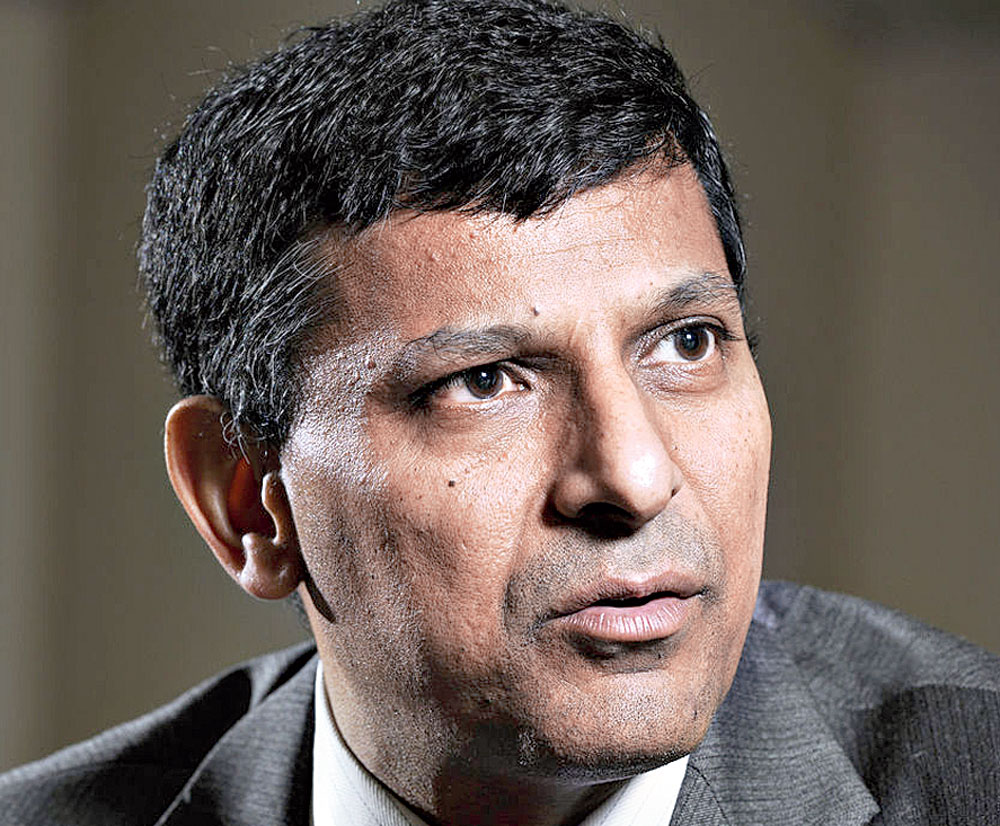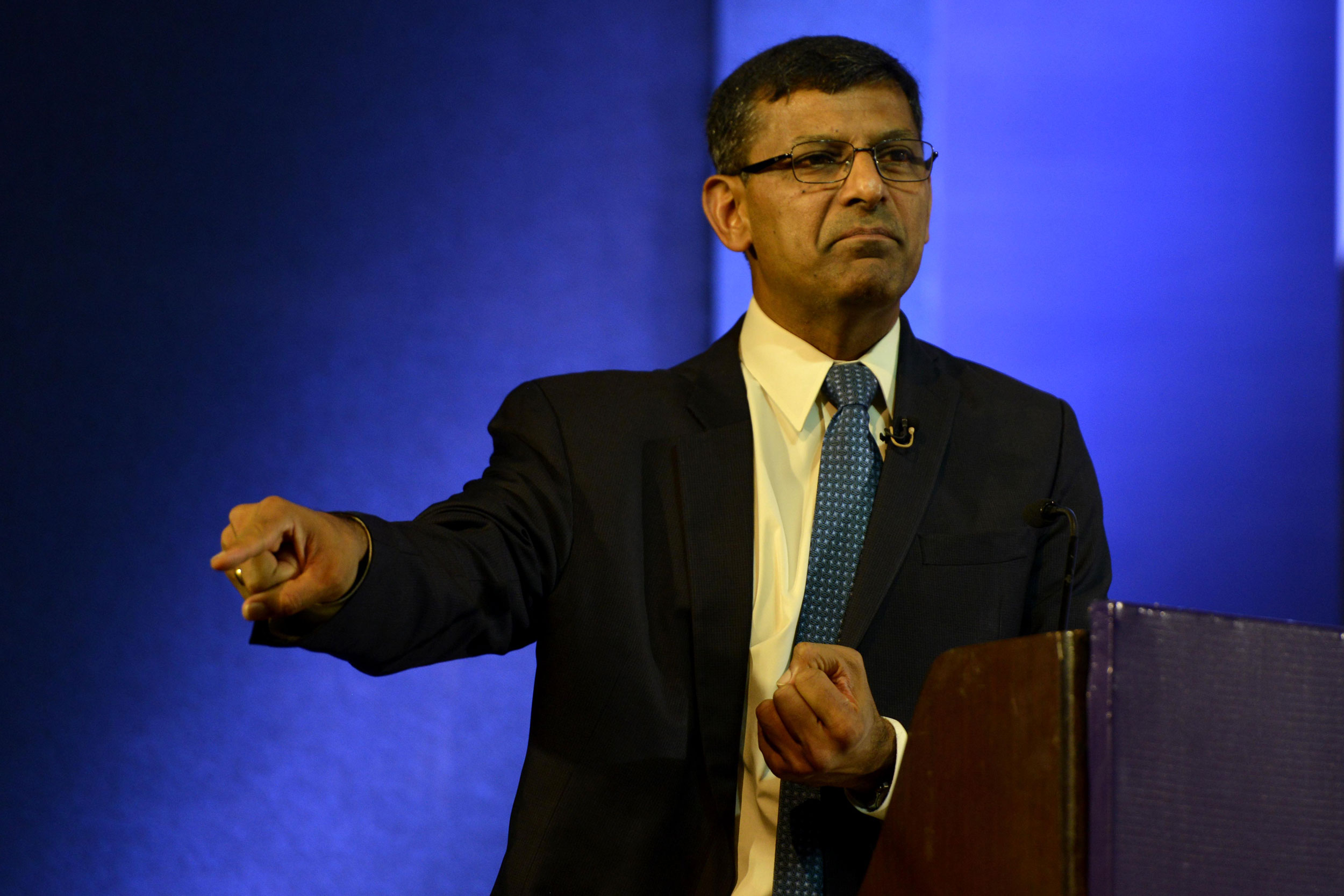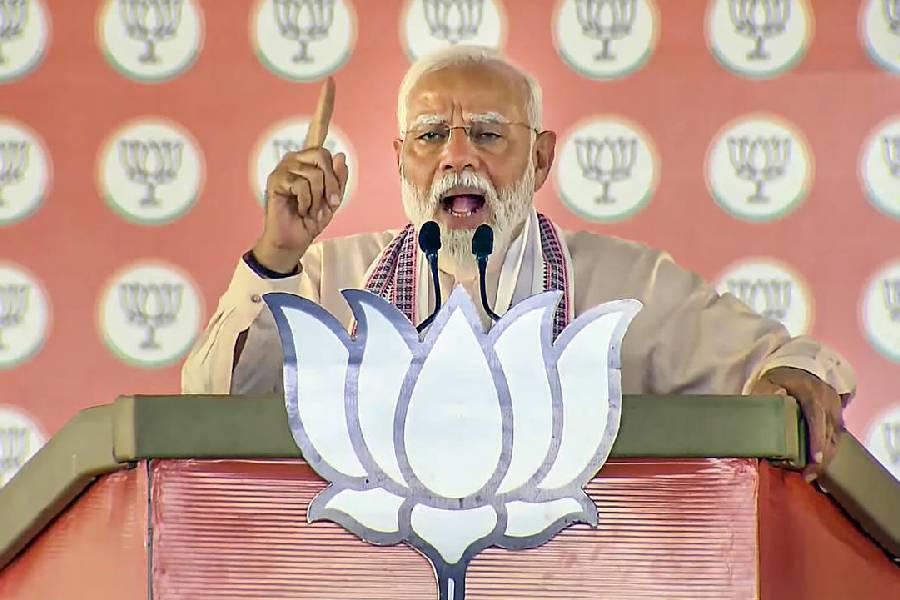Raghuram Rajan’s departure from Mint Street was conspicuously unceremonious. He announced his decision to leave in a letter to the Reserve Bank of India’s staff. There he said that when he took over in September 2013, India was known as one of the “fragile five” (together with Indonesia, Brazil, South Africa and Turkey). In his first statement, he had spelt out a specific, carefully prepared plan to raise India out of the fragile five. There was nothing populist about it; he expected to attract much ire for it, and sought inspiration in Rudyard Kipling: “If you can keep your head when all about you/ Are losing theirs and blaming it on you,/ If you can trust yourself when all men doubt you,/ But make allowance for their doubting too.../ If you can fill the unforgiving minute/ With sixty seconds’ worth of distance run,/ Yours is the Earth and everything that’s in it,/ And — which is more — you’ll be a Man, my son!”
The words proved providential. In less than a year after his appointment, the Bharatiya Janata Party formed the government. Its powerful xenophobic lobby believes that indigenous ignorance is superior to foreign knowledge, and that a degree from a foreign university at the forefront of knowledge is a disqualification. Most of Rajan’s reforms were still to be implemented when his three-year term ended in 2016. He waited to be reappointed for a second term, as is the tradition. Instead, Delhi called for applications for governorship: it could not have chosen a better way to insult him. He took the hint, packed his bags and left. His years in India had given him expertise on the Indian economy, and he must have thought a good deal about the mess he had left behind; but for two years he said nothing about it. Now at last he has broken his silence. He answered questions put to him by the estimates committee of Parliament.
When asked how non-performing assets emerged, he said the RBI had done no specific study, but he gave a list of factors: the boom of 2006-08 made banks over-optimistic and their loans went bad in the subsequent slowdown; the Manmohan Singh government’s timidity and indecision delayed infrastructure projects and the consequent accumulation of interest raised their costs which it hesitated to sanction, driving the investors into bankruptcy; bankers concealed doubtful debts which would have reflected badly on their lending decisions, and maybe some bankers took bribes.
When asked about the RBI’s efforts to collect the bad debts, Rajan said that the problem was old, and that efforts to resolve it had been made through the Recovery of Debts due to Banks and Financial Institutions Act of 1993 and Securitisation and Reconstruction of Financial Assets and Enforcement of Security Interest Act of 2002. Like all Indian courts, the debt recovery tribunals created by the RDBFIA worked at a snail’s pace: they were required to decide cases within six months, but even at the end of a year they had disposed of only a quarter of the cases. So SARFAESI empowered banks to seize borrowers’ assets without going to court. But big borrowers found legal means to prevent them. Those of them who had borrowed from a number of banks played off one bank against another. Banks themselves did not want to show bad debts on their balance sheets, so they gave borrowers longer repayment schedules.
So to begin with, the RBI created a Central Repository of Information on Large Credits, from which a bank could find out from whom else its client had borrowed and coordinate litigation with his other lenders. It created a Joint Lenders’ Forum which coordinated banks’ actions. It set up a Strategic Debt Restructuring scheme which enabled banks to convert their loans into equity and take over firms where promoters did not hold enough equity to prevent them. Where banks had given five-year loans to finance infrastructure which took longer to build, they were allowed to extend the maturity up to 25 years. Essentially, the RBI created a mechanism of insolvency resolution that did not require banks to go to courts, and kept improving it as it gained experience. Unfortunately, it failed; banks were owned by the government, and their managers had no stake in resolving bad debts. So in 2015, the RBI inspected the loans of all banks and identified overdue bad loans in an asset quality review.
Then, the bankers and their borrowers who did not want action on bad debt recognition and recovery started a campaign that the RBI’s measures had discouraged them from giving fresh loans, and thereby hurt economic growth. Confronted by the parliamentary committee with this charge, Rajan gave graphic evidence to discredit it. He showed that growth in public sector banks’ lending to agriculture and industry started slowing as early as 2014, long before the RBI began to expose bad loans. And the slowdown in lending was confined only to public sector banks, which had given the bad loans; private sector banks’ lending did not slow down. In other words, public sector banks slowed down lending because their previous loans had turned bad and they were facing a cash crunch, and not because of any RBI action.
Rajan was asked why bank lending did not revive even after the RBI had finished its asset quality review. He said that since this happened after he left, he could only surmise the causes on the basis of press information. It suggested that after they were blamed for bad loans, bankers did not want to take initiative; they would lend only if the loans were approved by some eminent persons or courts, to whom they could pass on the blame if the loans went bad. Many big borrowers have not repaid their loans, and would not get new ones; they are, meanwhile, trying to buy off bad loans due from them at a discount through proxies. Delays in high courts and the Supreme Court help them. The banks’ sluggishness is partly owing to the government; it has not replenished the banks’ capital, which has been run down by bad debts.
When asked what should be done now, Rajan said that bank management should be revamped, and the government should get out of it. In particular, it should not set loan targets, and not give loan waivers at the expense of banks: the next bad loans will come out of Mudra loans and Kisan Credit Cards initiated by the present government, and the Small Industries Development Bank of India’s credit guarantee scheme for micro, small and medium enterprises. Bankers should be rewarded and punished on the basis of the performance of their loans. They should require borrowers to bring in enough equity finance based on risk, initially as well as after the project gets running.
What Rajan did not say was that the Indian financial sector is dysfunctional; fixing it would require a revolution — expulsion of government, expansion of equity, creation of large, active markets in bonds, bills, equity and options, their extension to states and towns, encouragement of risk-taking, and migration from the bank to the mutual fund as the primary model. Maybe he told the finance ministry, but it either could not understand or did not listen — to him, and to his successor.












